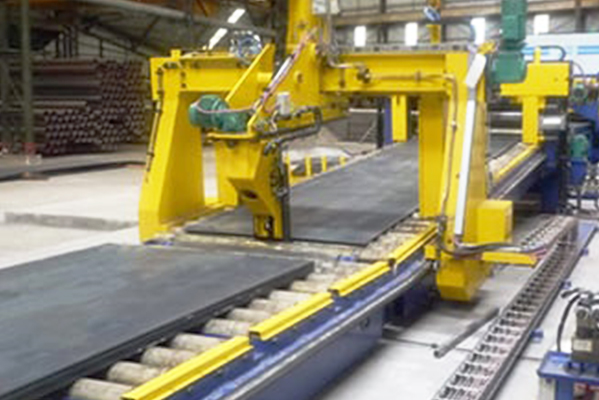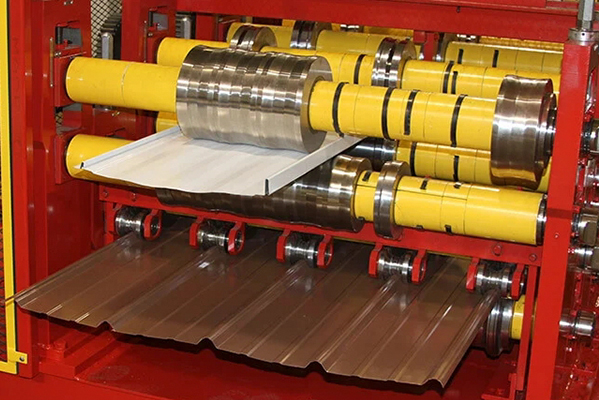Navigation Menu
Contact Us
- Email:
- info@wxavatar.com
- Address:
- Yurong Village, Yuqi Street, Huishan District, Wuxi, China.
Release Date:Apr 30, 2025 Visit:54 Source:Roll Forming Machine Factory
Roll forming is a highly precise metal fabrication process used to create continuous profiles with consistent cross-sections. Achieving the desired dimensional accuracy requires strict adherence to tolerance standards. This article discusses the key tolerance considerations in roll forming and the factors that influence them.
Common Tolerances in Roll Forming
The tolerance in roll forming depends on material properties, machine precision, and part complexity. Typical tolerances for roll-formed parts include:
Thickness Tolerance: Generally within ±0.005 to ±0.020 inches (±0.13 to ±0.51 mm), depending on material uniformity.
Width Tolerance: Typically ±0.010 to ±0.030 inches (±0.25 to ±0.76 mm) per inch of width.
Length Tolerance: Usually ±1/32 to ±1/16 inches (±0.8 to ±1.6 mm) for standard cuts.
Cross-Sectional Dimensions: Varies by complexity but often maintained within ±0.015 to ±0.030 inches (±0.38 to ±0.76 mm).
Straightness Tolerance: Typically 0.010 inches per foot (0.83 mm per meter) for standard applications.

Factors Affecting Tolerance
Material Properties – Variations in hardness, elasticity, and thickness can impact forming consistency.
Tooling Condition – Worn or misaligned dies increase dimensional deviations.
Machine Precision – High-quality roll forming equipment ensures tighter tolerances.
Process Speed – Faster speeds may reduce control, affecting tolerances slightly.
Part Geometry – Complex profiles with multiple bends may have slightly wider tolerances.
Maintaining Tight Tolerances
To ensure consistency, manufacturers should:
Regularly inspect and maintain tooling.
Use high-quality materials with uniform properties.
Implement proper lubrication to reduce friction-related variations.
Monitor process parameters such as roll pressure and alignment.

Conclusion
Tolerances in roll forming are influenced by multiple factors, but with proper controls, manufacturers can achieve high precision. Understanding these tolerances helps in designing parts that meet functional requirements while optimizing production efficiency.